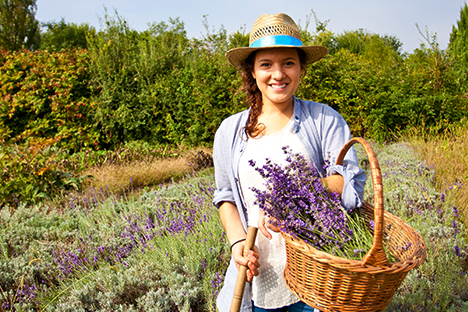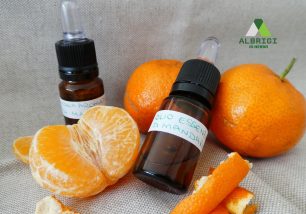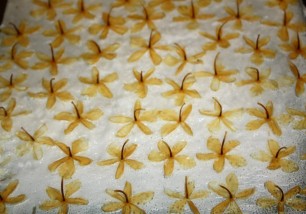AROMATIC AND MEDICINAL PLANTS: HARVESTING
aromatic plantsdo-it-yourselfdryingherbal traditionmedicinal plantspower supplyspontaneous collectionwild herbs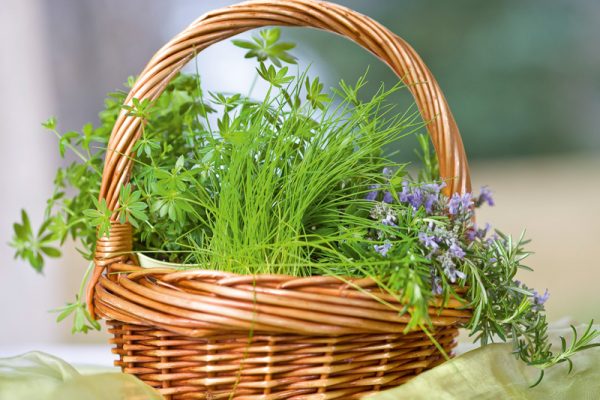
Wild harvesting: choice of plants and recognition whit all the advices for sustainable and safe harvesting
In Italy, as well as in other countries of the Mediterranean area, it is possible to identify, without too many difficulties, several edible wild plants. The most common and widespread ones such as nettle, star flower or dandelion can be easily identified and harvested for culinary and medicinal use.
It is however appropriate to use common sense and know some basic rules in order to avoid putting one’s own health at risk or that of other people, especially in case one does not have much experience or has doubts about the identification of some species.
Making a harvest in a correct way, moreover, will safeguard the diversity of species without altering the balance of a specific ecosystem. It should be remembered we are not the only ones who feed on certain plant species and, in order to use them every year, it is good to be conscientious. Bees and the rest of the inhabitants of woods and countryside will be grateful to you.
If you are passionate about the world of wild plants and would like to organize your own little pantry of natural preserves, we offer some useful tips.
Don’t worry if you already have some experience… it never hurts to refresh your memory!
7 TIPS FOR SUSTAINABLE AND SAFE HARVESTING:
1. First, it’s important to read up on the species you decide to harvest: is it a protected species? Is it easy to confuse with other toxic ones?
If you are inexperienced, you can consult books on the flora of a particular geographic area or specialized websites. If you live in a rural area and know some farmers, don’t hesitate to ask them for help with identification, they will certainly be able to help you.
2. The area in which to harvest is also important. Avoid polluted areas, near highways and industries to decrease the risk of unnecessary and dangerous harvesting.
3. Harvesting must always be sustainable. Avoid uprooting the plant at the root (unless you have to use it) and try to harvest no more than 70% of its flowers. Another rule is to avoid harvesting the flowers and leaves of adjacent plants. Harvest flowers of the same species on plants several meters apart.
4. Harvest only the amount needed and use clean scissors to avoid damaging the rest of the plant.
5. Do not damage other species during harvesting and avoid soiling with residue of any kind.
6. In order to take advantage of the best properties of plants, it is important to know the most appropriate time for harvesting. Generally speaking, flowers are harvested during the flowering period when they are fresh, leaves when they are tender just before flowering and roots at the end of summer or in autumn, when the plant has already completed its vital cycle. Obviously this is a general rule which can vary according to the species.
7. Make arrangements to harvest early in the morning on a sunny day.
Bring along a wicker basket or airtight container to store the harvested flowers, leaves and roots and keep them fresh until you can dry them or prepare your recipes.
Now that you are clear on the essentials of safe and sustainable harvesting, are you ready for the next step? Here is the article where we will explain the techniques for a perfect drying process that maintains the properties and aroma of freshly harvested plants.
ANNALISA PORRU
Other articles that may interest you:
Aromatic and medicinal plants: drying techniques
Aromatic and medicinal plants: conservation
Enfleurage: ancient technique to extract essences from flower petals
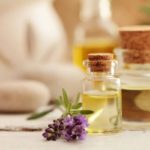 ESSENTIAL OILS: WELLNESS IN HOME
ESSENTIAL OILS: WELLNESS IN HOME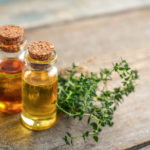 THYME ESSENTIAL OIL: USES AND PROPERTIES
THYME ESSENTIAL OIL: USES AND PROPERTIES AROMATHERAPY: HOW TO CHOOSE AN ESSENTIAL OIL
AROMATHERAPY: HOW TO CHOOSE AN ESSENTIAL OIL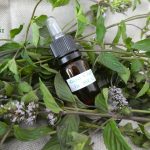 HOW TO DISTILL MINT
HOW TO DISTILL MINT AROMATHERAPY: HISTORY
AROMATHERAPY: HISTORY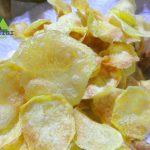 POTATO CHIPS WITH ROSEMARY AROMATIC WATER
POTATO CHIPS WITH ROSEMARY AROMATIC WATER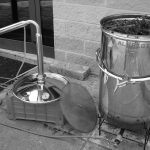 ROSEMARY ESSENTIAL OIL: CULTIVATION AND PRODUCTION
ROSEMARY ESSENTIAL OIL: CULTIVATION AND PRODUCTION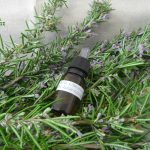 HOW TO DISTILL ROSEMARY
HOW TO DISTILL ROSEMARY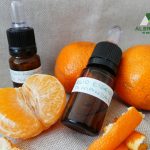 HOW TO DISTILL TANGERINE PEEL
HOW TO DISTILL TANGERINE PEEL NEEM OIL, FROM THE PLANT OF GOOD HEALTH
NEEM OIL, FROM THE PLANT OF GOOD HEALTH HERBAL TEAS, INFUSIONS AND DECOCTIONS: THE DIFFERENCES AND METHODS OF PREPARATION
HERBAL TEAS, INFUSIONS AND DECOCTIONS: THE DIFFERENCES AND METHODS OF PREPARATION HOW TO MAKE HOMEMADE ESSENTIAL OILS
HOW TO MAKE HOMEMADE ESSENTIAL OILS HEALTHY HAIR WITH AROMATIC PLANTS
HEALTHY HAIR WITH AROMATIC PLANTS THE GOOD NIGHT PLANTS
THE GOOD NIGHT PLANTS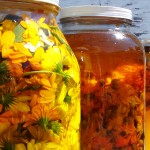 OLEOLITES: THE POWER OF HERBS IN OIL
OLEOLITES: THE POWER OF HERBS IN OIL ENFLEURAGE: ANCIENT TECHNIQUE TO EXTRACT ESSENCES FROM FLOWER PETALS
ENFLEURAGE: ANCIENT TECHNIQUE TO EXTRACT ESSENCES FROM FLOWER PETALS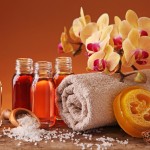 ESSENTIAL OILS AND ECOLOGICAL DETERGENTS FOR HOUSE CLEANING
ESSENTIAL OILS AND ECOLOGICAL DETERGENTS FOR HOUSE CLEANING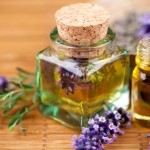 OIL FOR STRENGTHENING HAIR
OIL FOR STRENGTHENING HAIR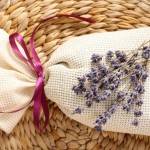 SCENTED BAGS WITH DRIED HERBS AND ESSENTIAL OILS
SCENTED BAGS WITH DRIED HERBS AND ESSENTIAL OILS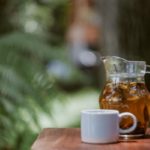 PURIFYING AND CLEANSING HERBAL TEAS DO-IT-YOURSELF
PURIFYING AND CLEANSING HERBAL TEAS DO-IT-YOURSELF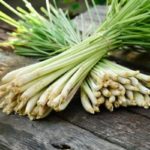 LEMONGRASS: ESSENTIAL OIL TO FIGHT TUMORS
LEMONGRASS: ESSENTIAL OIL TO FIGHT TUMORS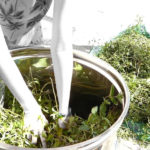 MINT ESSENTIAL OIL: CULTIVATION AND PRODUCTION
MINT ESSENTIAL OIL: CULTIVATION AND PRODUCTION CITRUS FRUITS AND ALZHEIMER’S DISEASE: NEW DISCOVERIES
CITRUS FRUITS AND ALZHEIMER’S DISEASE: NEW DISCOVERIES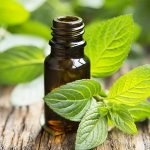 MINT ESSENTIAL OIL: USES AND PROPERTIES
MINT ESSENTIAL OIL: USES AND PROPERTIES